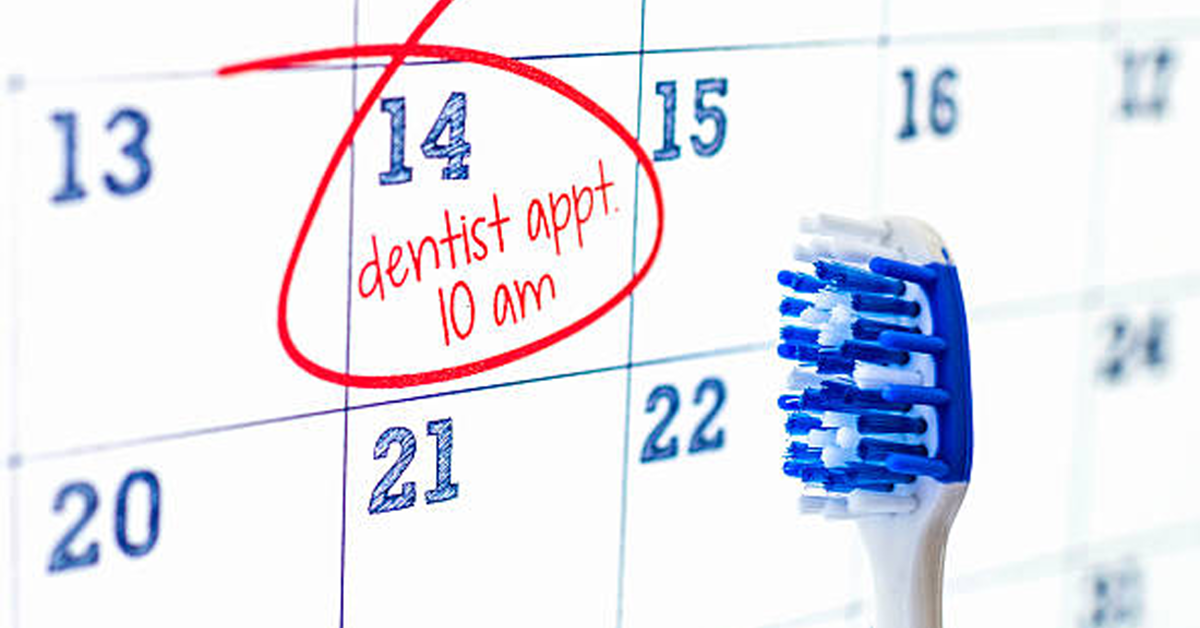Tired of last minute cancellations or patients forgetting to show up for appointments? While those can be major day disruptions, there are ways to turn missed appointments into opportunities and keep your schedule flowing.
Confirmation and reminder systems
A simple, yet powerful tool to reduce no-shows and last-minute cancellations are automated text and email appointment reminders. This replaces the traditional practice of making phone calls to patients a few days before their scheduled appointment by using software that lets practices send out reminders at set times without any manual intervention. By sending timely reminders – typically 48 hours before an appointment and another reminder the day of – offices can get ahead of potential missed appointments and improve front desk efficiency.
How you word reminders also matters! To influence whether a patient shows up or cancels, try to avoid phrases like: “Please confirm your appointment” and instead use a message like: “Your appointment is reserved for (day/time). We look forward to seeing you then!”
Short-notice fill list
Last minute cancellations are bound to happen, even when it comes to the most reliable patients. One way to make the most out of cancellations is by implementing a short-notice fill list (aka a waitlist) of patients willing to come in on short notice. Not only does this process reduce revenue loss from cancellations, it also helps fill last-minute openings, offering patients flexibility and an opportunity for faster care. People might be more willing to squeeze in an appointment last minute than you’d think! Offer patients the opportunity to join the list and by proactively identifying patients who want the option for earlier or last minute openings, staff can easily fill gaps in the schedule.
Educate patients on your policies in creative ways
It never hurts to communicate office policies in more ways than just through paperwork/contracts. One effective strategy to highlight the value of both patients time and a practice’s time is to use clear, friendly signage at the front desk or in waiting rooms to reiterate your cancellation policy. Some examples of verbiage to make your cancellation policy stand out to patients without sounding too strict are phrases like:
- Save a Smile – Give Us a Heads Up! (Insert cancellation policy)
- Help Us Keep Chairs Full! (Insert cancellation policy)
- Be Kind – Call Ahead of Time! (Insert cancellation policy)
Reinforcing this message on appointment cards, your website and reminder texts/emails can also go a long way.
The bottom line: The perfect scheduling process looks different for every office, and cancellations/no shows can never be avoided entirely. But the effect they have on productivity and revenue can be improved through continuous review of scheduling practices, implementation of a few small changes and an understanding that life is unpredictable and patients may be more likely to follow a consistent appointment flow with flexibility and open communication.

